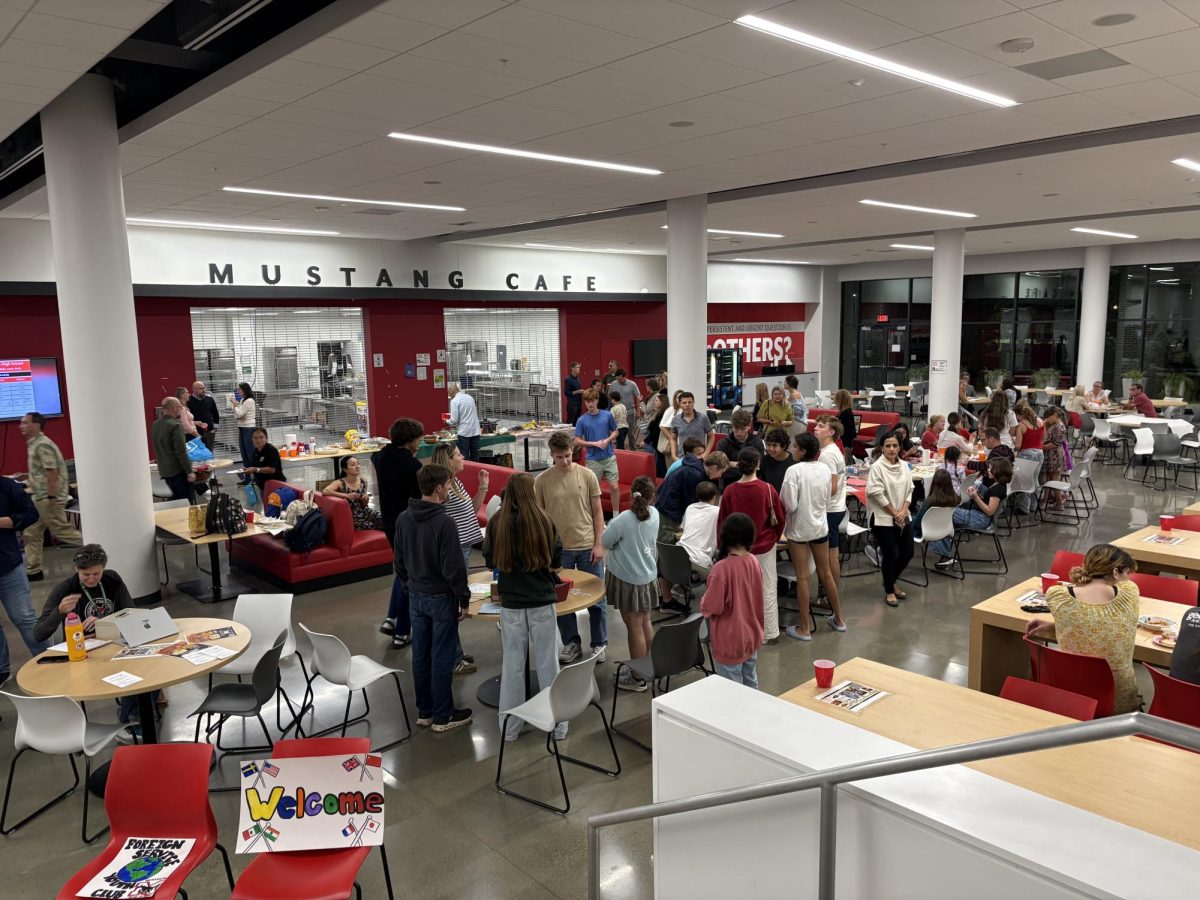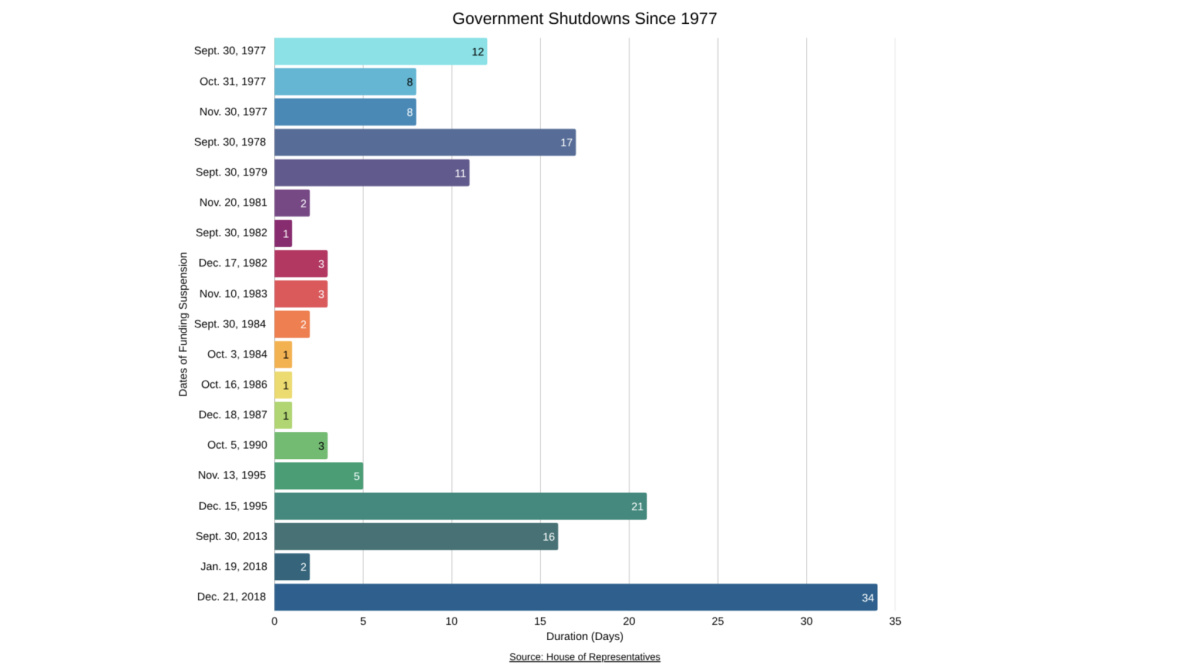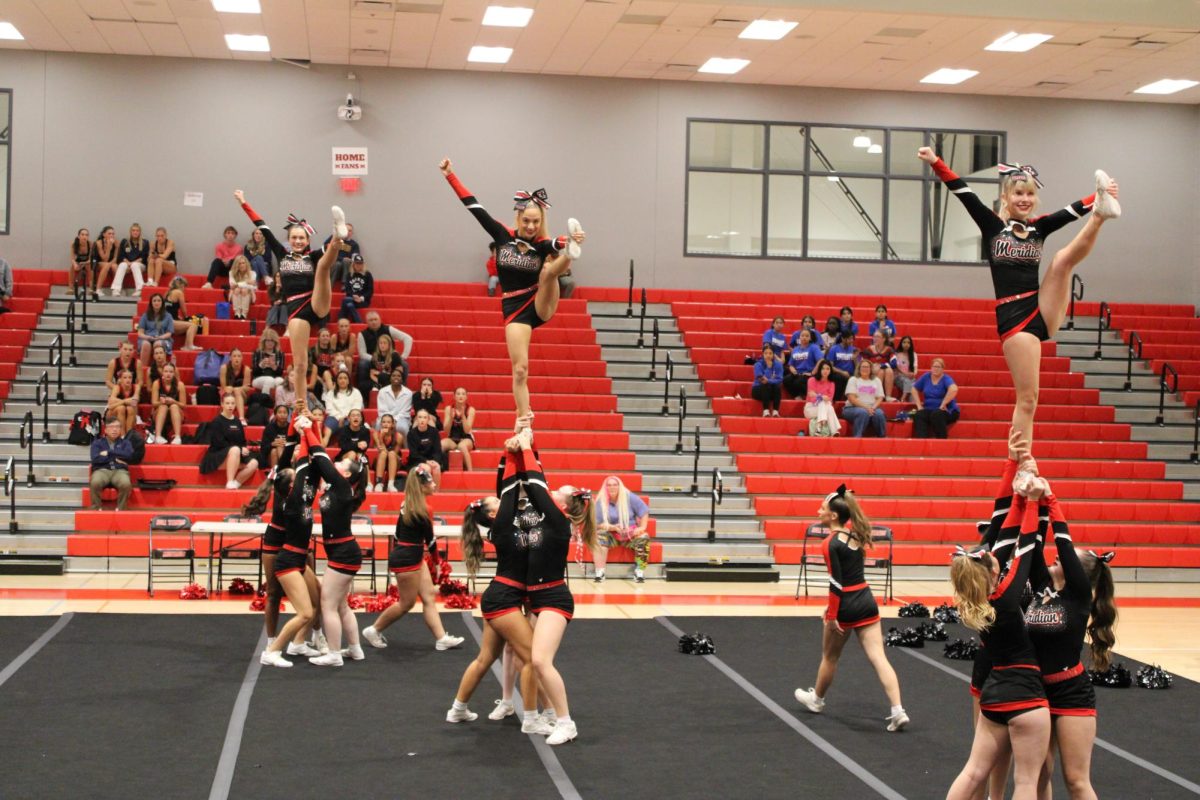Part 1: “It’s a mess.”
George Mason’s supervised study teacher Diane Harrington’s opinion of the school’s current condition does not stand alone.
Throughout Falls Church City, it is widely understood that George Mason High School is aging and the students need a new school. Mason is seriously suffering from lack of available space, and the school district has taken notice. “FCCPS Pushing for Newer Facilities,” an article on the official school website, states that FCCPS is “aiming to renovate or replace the deteriorating George Mason High School Building” and has called this its “number one infrastructure priority.”
But this is not the priority of everyone.
In a letter published in the February 12-18 edition of the Falls Church News-Press, Lou Mauro, a substitute teacher at Mason from 2004-2010 and a Falls Church resident, outlined his dissenting opinion.
“There is absolutely no need for a new high school,” said Mauro.
Mauro’s letter detailed how GM could be transformed to avoid completely rebuilding, and said that “an additional 20 – 22 or more classrooms could be created within the existing structure [of Mason] without the necessity of major construction.”
Mauro consequently offered a list of possible classrooms as a solution to the school’s overcrowding problem:
1. Storage rooms under the science wing would yield two classrooms.
2. Move the City TV station out. It could be moved to the City-owned house in Cherry Hill Park. That would yield three classrooms or practice rooms.
3. There is a classroom at the far end of the art department that is not being used as a classroom.
4. The alternate education space would yield two classrooms. Alternate education could use trailers.
5 The culinary arts/kitchen is a classroom.
6. Since every student has a computer, there is no need for the TLC computer labs. (two classrooms).
7. Three classrooms are now used for intellectually disabled students. Those students could be relocated to the mainstream part of the building closest to the main office.
8. The auxiliary gym could be converted to at least eight or more classrooms.
Part 2: The Investigation
The Lasso investigated each of the above locations to see if they would be a viable solution to GM’s overcrowding problem and found that many of the spaces Mauro suggested are inadequate for teaching use. In addition, some of the places have been put to use already and a few don’t exist any more.
“1. Storage rooms under the science wing would yield two classrooms.”

“They’re too small,” said Mason science teacher Mr. William Stewart, referring to the storage rooms. “They’re only about 10 feet wide.”
In addition, there would have to be a suitable location to move the science supplies to. Stewart added that he “could cram them into cabinets in classrooms,” but “most are already filled.” There simply isn’t space.
Lauren Geier, also a Mason science teacher, expressed the same views as Stewart: “It wouldn’t work.”
“2. Move the City TV station out. Why is that in a public school anyway? It could be moved to the City-owned house in Cherry Hill Park. (Three classrooms)”

“We’ve heard that [they should be moved out] before,” said City TV station supervisor Michael Palmrose. “It is a large space.” Yet due to the size and equipment contained within this space, the relocation would be incredibly costly.
“There are signal connections here, and it would be a huge cost to re-connect,” Palmrose said.
In addition, the studio is “not only a school studio, but a public access network,” Palmrose said. The TV station covers events such graduation, City Council meetings, school board meetings, the Homecoming football game, and the JV show. Removing the station would mean losing coverage of those events.
“It’s like adding a trailer,” Palmrose said. “It would work short term, not long term.”
“3. There is a classroom at the far end of the Art Department that is not being used as a classroom.”
This room is currently unused, so actually could be converted to a new classroom.
“4. The Alternate Education space would yield two classrooms. Alternate Education could use trailers.”

The Alternate Education space is currently being used for Mason’s HyC classroom, and students (and teachers) can be found there all day.
“We’re using it already!” said HyC adviser Mrs. Yewl. There is simply not another location for these students to be.
“5. The Culinary Arts/Kitchen is a classroom.”

The Culinary Arts/Kitchen is already a classroom. The room is currently being used as the health room, and therefore could not be converted into another classroom.
“6. Since every student has a computer, there is no need for the TLC computer labs, yielding an additional two classrooms.”

There are three of these rooms, and they are all currently in use. One is currently being used for ESR (Educational Support Room) another is being used for study hall, and the final is a formal meeting room.
“7. Three classrooms are now used for Intellectually Disabled students. Those students could be relocated to the mainstream part of the building closest to the main office.”
“These classrooms no longer exist,” said principal Tyrone Byrd.
“8. The Auxiliary Gym could be converted to at least 6 – 8 or more classrooms.”

Though Mason has two gyms, they’re both often in use at the same time.
“There’s no space as it is,” said Physical Education teacher Coach Cappanola. As to where the students would go if this gym was converted into classrooms, “We have no answer.”
In addition to the PE students, the Auxiliary Gym is used after school every day by school sports teams, and every evening by rec teams.
“It works now,” said Cappanola, “but if we lose this gym, forget it.”
Part 3: The sky is falling
GM was founded in 1952, 63 years ago. Throughout this time, Mason’s condition has continually deteriorated.
“I’ve been here for 20 years, ” said Harrington, “and I’ve seen how it deteriorates.”
In addition to Mauro’s specific suggestions, the Lasso discovered other issues at GMHS. The Auxiliary Gym, for instance, has cracks in the wall where the walls do not even touch.
 Other teachers spoke to us about their experiences with our schools condition. Our own journalism adviser, Mr. Peter Laub, described an incident last year (February, 2014) where part of his ceiling caved in.
Other teachers spoke to us about their experiences with our schools condition. Our own journalism adviser, Mr. Peter Laub, described an incident last year (February, 2014) where part of his ceiling caved in.
“A bunch of ceiling tiles had fallen off,” he said. “There was standing water under my desk.”
Not only was such an incident inconvenient, it was additionally destructive. “It destroyed a bookcase, my computer, my chair,” said Laub. “We had to throw away a lot of stuff.”
The library recently had similar problems. After a bad snow storm in 2015, the ceiling fell in some places due to water damage. After the first snow melted, the roof leaked.
“One tile actually fell in” said librarian Kesha Legagnerur, adding that some others are just “waiting to be replaced.” She also mentioned that “this isn’t the first time” such an incident has occurred.
Legagnerur described the library carpet as being “nasty,” correlating with Laub’s experience after her own ceiling fell in. “It was filthy, gross, and smelled like a dead cat for three days,” she said.
“There are a lot of repairs that need to be made, [to this school]” she said, “and to continually make repairs could be costly.”


Mauro reiterated that “a new high school is a want, not a need” and explained “[the City doesn’t] have the money” for such an endeavor. He described the difficulties that would arise by following his plan as “a small price to pay instead of paying a lot of money.”
“There’s lots of ways around it,” Mauro said, in response to the results of Lasso’s investigation, mentioning that GM could use the other “school gym and MEH gym,” and that we just needed to have the “schedule adjusted.”
“The point is, if you cite classroom space as a need for a new school, it’s not a good reason. There’s plenty of space here,” Mauro said.
Palmrose disagreed. “The space issue is citywide.” Though Mason may be able to find a spare room or two, that would make no major affect on any of the school’s space issues. “The school’s space issues are larger than just one room.”








